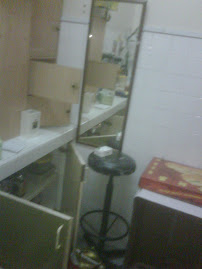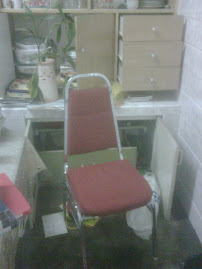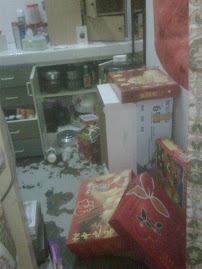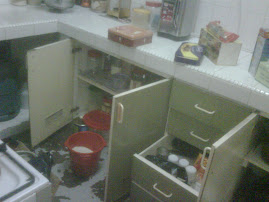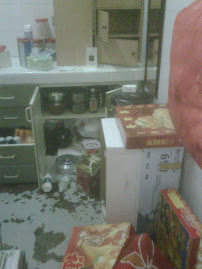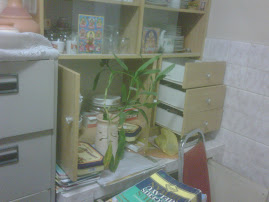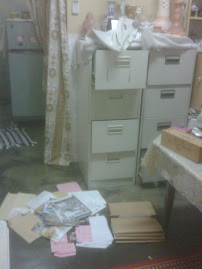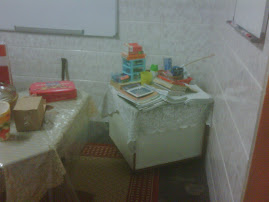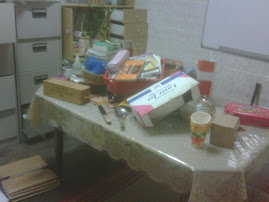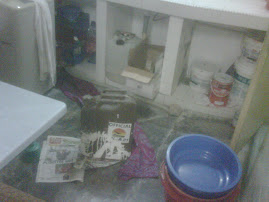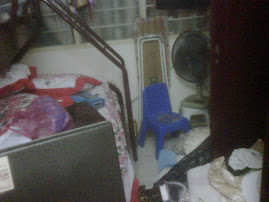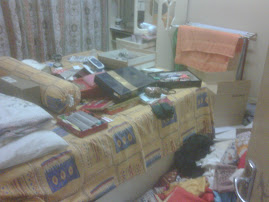BOOST TO MALAYSIAN HERBAL INDUSTRY
KUALA LUMPUR, (Nov 8, 2011): Korean research group AT Lab Co. Ltd. is looking towards Malaysian herbs to boost their supply of ingredients for the manufacture of high-end cosmetics and they are banking on Technology Park’s wholly owned subsidiary TPM Bio Tech (TPMB) to see this through.
ATL’s business development manager for its Malaysian subsidiary ATL Cosmetics Sdn Bhd Kong Chia-hing said that with the collaboration, AT Lab’s capability to produce ingredients based on comprehensive studies on compounds discovered in selected herbs to establish in vitro studies for anti microbial, anti aging, anti inflammatory, moisturising and whitening as practical applications in skincare.
making waves internationally.
Kong said that AT Lab had already set its eyes on six herbs kacip fatimah, pegaga and tongkat ali and mas cotek, pulai and pokok kapal terbang to name a few so far which he believed had the potency to fulfill the needs to provide the right enhancement for skin care cosmetics, These herbs he said, allowed for faster absorption and better end results.
Kong was speaking after inking an agreement with TPM Biotech Sdn Bhd (TPMB), a wholly owned subsidiary of Technology Park Malaysia Corporation Sdn Bhd.
The agreement with AT Lab forms a strategic collaboration for the development of the herbal and botanical based cosmetic ingredients in Malaysia.
AT Lab, according to Kong, currently supplied ingredients to leading cosmetic brands and heading the list as their biggest buyer as Amora which in turns owned 20 other cosmetic brands placed in both mid to high end range.
Both companies have also mutually agreed to ensure alliance of the technical knowledge and technology transfer through the training of researchers in all aspects of product testing and analysis. This also includes the technical know-how and manufacturing processes which are not only limited to research.
The collaboration agreement which was officially endorsed at Technology Park today was represented by Technology Park Malaysia’s president and chief executive officer, Dato’ Hj. Mohd. Azman Hj. Shahidin and AT Lab Co. Ltd. by its Chief Technology Officer, Mr Kim Kwang Soo, the managing director of ATL Cosmetics Sdn Bhd and TPMB’s senior manager Fadzhairi Abd Jabar,
Under this smart partnership, both parties have agreed to discuss comprehensively on compounds discovered in selected herbal products and to establish in vitro studies for anti microbial, anti aging, anti inflammatory, moisturising and whitening as possible practical applications in skincare.
Dato’ Azman described the collaboration as a major step forward in exploiting the vast business opportunities and potential of the Malaysian herbal industry which is estimated to contribute more than RM0.7 billion annually to the country’s economy to RM29 billion by 2020.
“Currently, the multi-billion ringgit local herbal industry is experiencing an annual growth of more than 20 per cent.
The agreement with AT Lab forms a strategic collaboration for the development of the herbal and botanical based cosmetic ingredients in Malaysia.
AT Lab, according to Kong, currently supplied ingredients to leading cosmetic brands and heading the list as their biggest buyer as Amora which in turns owned 20 other cosmetic brands placed in both mid to high end range.
Both companies have also mutually agreed to ensure alliance of the technical knowledge and technology transfer through the training of researchers in all aspects of product testing and analysis. This also includes the technical know-how and manufacturing processes which are not only limited to research.
The collaboration agreement which was officially endorsed at Technology Park today was represented by Technology Park Malaysia’s president and chief executive officer, Dato’ Hj. Mohd. Azman Hj. Shahidin and AT Lab Co. Ltd. by its Chief Technology Officer, Mr Kim Kwang Soo, the managing director of ATL Cosmetics Sdn Bhd and TPMB’s senior manager Fadzhairi Abd Jabar,
Under this smart partnership, both parties have agreed to discuss comprehensively on compounds discovered in selected herbal products and to establish in vitro studies for anti microbial, anti aging, anti inflammatory, moisturising and whitening as possible practical applications in skincare.
Dato’ Azman described the collaboration as a major step forward in exploiting the vast business opportunities and potential of the Malaysian herbal industry which is estimated to contribute more than RM0.7 billion annually to the country’s economy to RM29 billion by 2020.
“Currently, the multi-billion ringgit local herbal industry is experiencing an annual growth of more than 20 per cent.
“Our intention is to basically go on the discovery, research and development of Malaysian herbal based products based on the Malaysian biodiversity. Six samples have been so far identified which have active compounds that are able to be used in the cosmetics which have the anti-ageing and inflammatory properties To co-research together with AT Lab, bring in the technology and jointly commercialise the production and processing of the ingredients and make Malaysia the base for the production of processed ingredients.
“Despite its continuing upward trend growth, the industry has yet to be fully tapped by local entrepreneurs. At Technology Park, we have the latest technology and facilities to assist local manufacturers to explore and enhance their business potential,” Azman said.
________________________________________________________________________
ABOUT TECHNOLOGY PARK BIOTECH : TPMB provides analytical laboratory analyses and services in addressing critical issues in food and other products or consumer goods relating to quality, safety and authenticity of the products. Its analyses include detection of porcine specific DNA sequence, detection of alcohol and safety limit test for heavy metals and microbes, in which are important in verifying the Halal and Toyyiban status of a product. TPMB is a Bionexus status company and an ISO9001:2008 certified company with GMP and HACCP certified manufacturing facilities. Its Analytical/Biochemistry and Molecular Biology Laboratories meet the requirements of the ISO/IEC 17025:2008 accreditation for chemical and nucleic acid tests. TPMB is a wholly owned subsidiary of Technology Park Malaysia Corporation Sdn Bhd, a Ministry of Finance Incorporated company, whose missions and objectives are essentially to provide world class services and infrastructure to the development of outstanding technology and innovative enterprises.
“Despite its continuing upward trend growth, the industry has yet to be fully tapped by local entrepreneurs. At Technology Park, we have the latest technology and facilities to assist local manufacturers to explore and enhance their business potential,” Azman said.
________________________________________________________________________
ABOUT TECHNOLOGY PARK BIOTECH : TPMB provides analytical laboratory analyses and services in addressing critical issues in food and other products or consumer goods relating to quality, safety and authenticity of the products. Its analyses include detection of porcine specific DNA sequence, detection of alcohol and safety limit test for heavy metals and microbes, in which are important in verifying the Halal and Toyyiban status of a product. TPMB is a Bionexus status company and an ISO9001:2008 certified company with GMP and HACCP certified manufacturing facilities. Its Analytical/Biochemistry and Molecular Biology Laboratories meet the requirements of the ISO/IEC 17025:2008 accreditation for chemical and nucleic acid tests. TPMB is a wholly owned subsidiary of Technology Park Malaysia Corporation Sdn Bhd, a Ministry of Finance Incorporated company, whose missions and objectives are essentially to provide world class services and infrastructure to the development of outstanding technology and innovative enterprises.
Collaboration finalised: Dato Azman (second from left) exchanging documents with Christine Oh Ji-young. With them are Kong (far left ) and Fadzhairi (far right) .
Dato Azman : Malaysian herbal industry can contribute RM 0.7 billion annually.
Kong: Korean cosmetics’ industry making waves internationally.
_________________________________________________________________________



.jpg)
.jpg)

